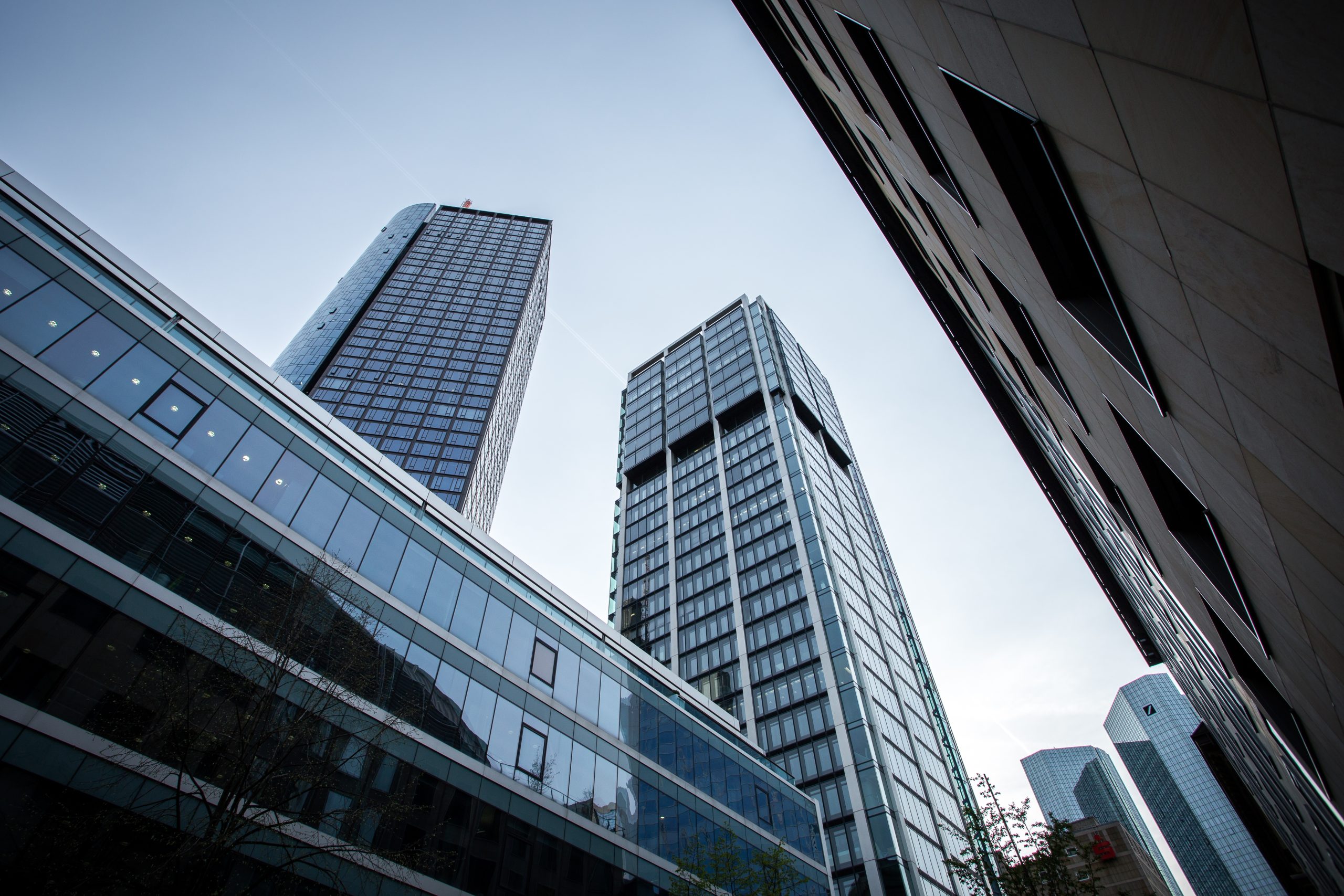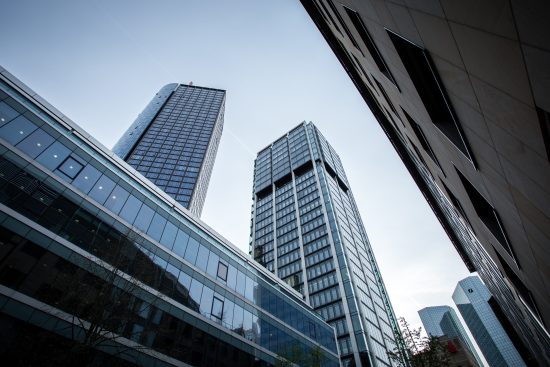
Commercial real estate refers to property that is used for business and investment purposes. Understanding the basics of commercial real estate is crucial for anyone interested in entering this sector. The key components of commercial real estate include retail, office, industrial, and multifamily properties. Each type of property has its own unique set of considerations and potential investment opportunities. It’s important to understand the various ways that commercial properties generate income, such as through rent, capital appreciation, and other value-add strategies. Additionally, factors such as location, market trends, and property management play a crucial role in the success of commercial real estate investments. Familiarizing yourself with the fundamentals of commercial real estate financing, leasing, and property valuation is also essential for making informed and profitable investment decisions. By gaining a solid understanding of these basic principles, you can navigate the commercial real estate market with confidence and make informed investment decisions.
Exploring the Types of Commercial Properties
Commercial properties come in a variety of types, each with its own unique features and requirements. Retail properties, such as shopping centers and standalone stores, cater to businesses looking to sell products or services directly to consumers. Office properties are designed to accommodate businesses needing professional work environments, with options ranging from traditional office buildings to coworking spaces. Industrial properties, including warehouses and manufacturing facilities, are tailored for businesses requiring space for production, storage, and distribution. Hospitality properties, such as hotels and restaurants, are tailored for businesses in the tourism and hospitality industry. Mixed-use properties integrate a combination of different commercial uses, such as retail, office, and residential, within a single development. Understanding the various types of commercial properties is crucial for investors, tenants, and developers, as each has its own specific characteristics and considerations. Whether purchasing, leasing, or developing commercial real estate, it’s important to explore the diverse options available and select the best fit for the intended use and goals. Some common types of commercial properties include:
- Office buildings: These properties are used for professional and administrative purposes, such as corporate offices, medical centers, or coworking spaces. They can vary in size from small standalone buildings to large high-rise complexes.
- Retail properties: This category includes shopping centers, strip malls, standalone retail stores, and other properties used for retail purposes. Location and visibility are key factors for these properties, as foot traffic and accessibility are important for retail businesses.
- Industrial properties: Industrial properties include warehouses, distribution centers, manufacturing facilities, and research and development parks. These properties typically have specific infrastructure and zoning requirements to accommodate industrial operations.
- Multifamily properties: This category includes apartment buildings, condominiums, and other residential properties with multiple units. Investors and developers often look for multifamily properties as they provide a steady stream of rental income.
- Hospitality properties: This category includes hotels, motels, resorts, and other properties used for lodging and accommodation purposes. They often require specific amenities and services to attract guests and provide a comfortable stay.
- Special purpose properties: These properties are designed for specific uses, such as healthcare facilities, educational institutions, religious buildings, or recreational facilities. They often have unique design and zoning requirements tailored to their intended purpose.
Each type of commercial property comes with its own set of considerations, such as location, market demand, zoning regulations, tenant requirements, and financing options. Investors, tenants, and developers should carefully assess these factors to make informed decisions and maximize the potential return on investment. Additionally, working with a knowledgeable real estate professional can help navigate the complexities of commercial real estate and identify the best opportunities for their specific needs.
The Importance of Location in Commercial Real Estate
Investing Location is one of the most critical factors in commercial real estate investing. The success of a commercial property is often dependent on its location, as it can directly impact factors such as demand, rental rates, and property value. If you are looking for a company that can reliably consult you in the US, you should consider GFP Capital Consulting.
And here are a few reasons why location is so important in commercial real estate investing:
- Demand and tenant quality: The location of a commercial property can significantly impact the demand for space and the quality of tenants it attracts. Properties located in high-traffic areas with good visibility and accessibility are more likely to attract quality tenants and maintain high occupancy rates. A well-situated property in a prime location can also command higher rental rates, increasing the property’s income potential.
- Economic and demographic factors: Location can also affect the economic and demographic profile of the area, which in turn can impact the success of a commercial property. Areas with strong population and job growth, as well as high disposable income, are generally more desirable for commercial real estate investments. Investors should consider factors such as population density, employment opportunities, and income levels when evaluating potential locations for investment.
- Property appreciation: The location of a commercial property can have a significant impact on its long-term appreciation potential. Properties in prime locations with good growth prospects are more likely to appreciate in value over time, providing investors with a higher return on their investment. On the other hand, properties in less desirable locations may struggle to appreciate in value, limiting the potential return for investors.
- Access to amenities and infrastructure: The surrounding amenities and infrastructure in a location can also influence the success of a commercial property. Properties located near popular retail, dining, and entertainment options are often more attractive to tenants and customers. Additionally, access to public transportation, major highways, and other infrastructure can enhance the accessibility and desirability of a commercial property.
Overall, location plays a crucial role in the success and profitability of commercial real estate investments. Investors should carefully evaluate the location of a property and consider factors such as demand, economic conditions, property appreciation potential, and access to amenities and infrastructure when making investment decisions. By choosing properties in prime locations, investors can maximize their potential for long-term success and returns in the commercial real estate market. Location is one of the most critical factors to consider when investing in commercial real estate. It can significantly impact the success and profitability of the investment.
Navigating Environmental and Regulatory Issues in Commercial Real Estate
In the world of commercial real estate, navigating environmental and regulatory issues is crucial for success. Developers and property owners must be aware of the environmental impact of their projects and ensure compliance with all relevant regulations. This includes considerations such as air and water pollution, hazardous waste management, and protecting natural habitats. Failure to address these concerns can lead to costly delays, hefty fines, and damage to a company’s reputation. It is essential for professionals in the commercial real estate industry to stay up to date with ever-changing environmental regulations and seek the guidance of environmental consultants and legal experts when necessary. Conducting thorough due diligence, implementing best practices, and incorporating sustainable design features can help mitigate risks and demonstrate a commitment to responsible development. By proactively addressing environmental and regulatory issues, businesses can protect their investments and contribute to the preservation of our planet. Thorough due diligence involves comprehensive research and assessment of the potential environmental impact of a development project. This includes analyzing the site’s ecological features, potential environmental hazards, and compliance with local regulations. Implementing best practices involves adopting industry-leading methods for sustainable development, such as minimizing waste, reducing energy consumption, and using eco-friendly materials.
Incorporating sustainable design features into a development project can further reduce environmental impact and demonstrate a commitment to responsible development. This may include utilizing renewable energy sources, implementing green building techniques, and designing efficient water and waste management systems.
By proactively addressing environmental and regulatory issues, businesses can mitigate potential risks, such as costly lawsuits, regulatory fines, and reputational damage. Additionally, by demonstrating a commitment to responsible development, businesses can attract environmentally conscious investors, customers, and employees.
Ultimately, responsible development not only protects business investments but also contributes to the preservation of the planet for future generations. By prioritizing sustainable practices and environmental stewardship, businesses can play a crucial role in fostering a more environmentally friendly and sustainable future.
The Future Outlook for Commercial Real Estate: What You Need to Know
Commercial real estate is facing an uncertain future as the pandemic continues to impact businesses and consumer behavior. Many industries have shifted towards remote work, which raises questions about the demand for office space in the coming years. On the other hand, the increasing popularity of e-commerce has created opportunities for industrial and warehouse properties. However, the overall economic uncertainty and potential changes in consumer behavior make it challenging to predict the future of commercial real estate. As companies continue to reassess their space needs and priorities, the demand for retail, office, and hospitality properties may continue to fluctuate. Additionally, the potential for rising interest rates and inflation could impact the cost of financing for commercial real estate investments. It is crucial for investors and industry professionals to stay informed about the latest trends and developments in order to make well-informed decisions in this ever-changing market. Adaptive strategies and flexibility will be key for navigating the future outlook for commercial real estate.






Leave a Reply